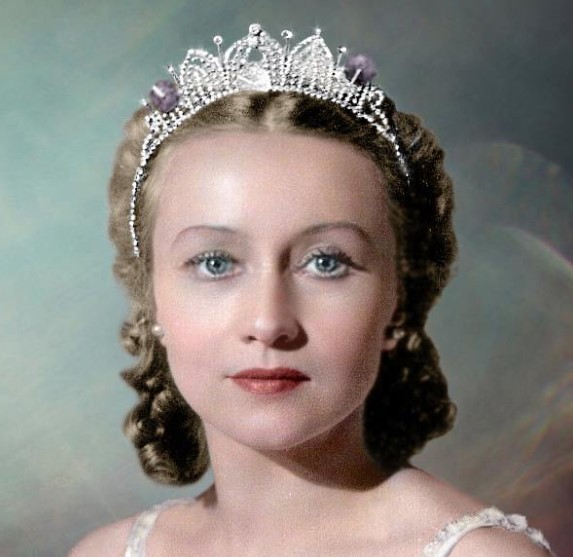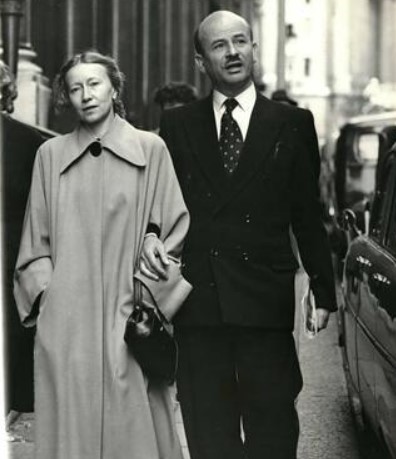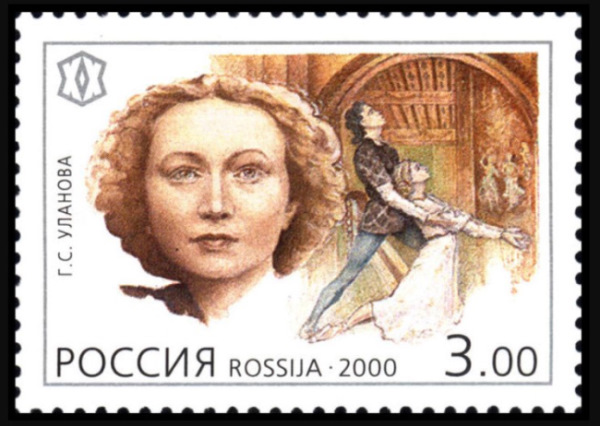Galina Ulanova, known as the “Goddess of Dance,” was a legendary ballerina from St. Petersburg. She rose to become the world’s number-one ballerina thanks to her extraordinary talent and grace. She revolutionized ballet and is still revered today.
This article will delve into her life and career, looking at her rise to fame and the legacy she left. Join us as we honor this legendary ballet performer.
Table of Contents
Who Is Galina Ulanova?
Galina Ulanova (full name: Galina Sergeyevna Ulanova) was born on January 8, 1910, in St. Petersburg, Russia. She was a Russian ballet icon widely regarded as one of the greatest ballerinas of the twentieth century.
Galina Ulanova’s height was 1m60 and her weight was 60kg. She performed amazingly graceful ballet movements with this physique.
Galina Ulanova’s family
Russian ballerina Galina Ulanova was born into an artistic family. Her parents are Sergey Ulanov and Marie Romanova. Both were Mariinsky Ballet dancers (called the Kirov State Academic Theater of Opera and Ballet during the Soviet period). Her father later became a theater director, and her mother a ballet teacher.
Galina Ulanova was not particularly fond of dancing when she was younger. However, given her family’s tradition and background, her path to becoming a baller was quite apparent and almost an unavoidable choice for her.
Galina Ulanova, as a celebrity, kept her personal life private. There is no official information about Galina Ulanova’s husband.
She is said to have married Russian actor Yuri Zavadsky in 1941. She is also reported married to Vadim Rindin (Chief Set Designer of the Bolshoi Theater). Nonetheless, she was childless.
The Way Galina Ulanova Became A Great Russian Ballerina
Galina Ulanova began her professional ballet training at a young age. She achieved great success in her ballet career then and her extensive training in ballet for many years afterward.
Galina Ulanova’s parents sent her to the Leningrad Choreography School when she was very young, where she studied with Agrippina Vaganova and her own mother.
After graduating in 1928, she started dancing with the Kirov Ballet until 1944 when she moved to the Bolshoi Theatre.
Famous Peformances of Galina Ulanova
There were many well-known ballet works that bear Galina Ulanova’s name. They were also significant milestones in her career.
Galina Ulanova’s performance as Juliet in Leonid Lavrovsky’s 1940 play Romeo and Juliet was a huge success. Her performance distinguished her as a superb ballet dancer.
Lavrovsky’s Romeo and Juliet adaptation is widely regarded as one of the finest examples of the dramballet genre in Soviet theater. Ballet choreography by Lavrovsky is theatrical and largely realistic, closely following the motions of stage actors and eschewing traditional ballet divertissements.
In this play, Yuri Zhdanov plays the young Romeo to Ulanova’s unforgettable Juliet. This was a fantastic ballet that paid close attention to all of the values: musical, choreographic, and scenic. This was a historic performance that highlighted the lush production of the ever-popular ballet.
The name Galina Ulanova is associated with the play Romeo and Juliet. Other famous works that left an indelible mark on her career include Giselle, Swan Lake, Fountain of Bakhchisarai, Les Sylphides, and Sleeping Beauty.
In order to honor and remember her, her image was printed on a 3 ruble Russian postage stamp in 2000.
Galina Ulanova’s Dancing Skill In Other Eyes
The exceptional dancing abilities of Galina Ulanova were widely recognized and praised by the audience and fellow dancers. Her mastery of the art of ballet has also set a new standard for dance excellence.
Next, we’ll look at other people’s perspectives on Ulanova’s dance abilities. Through their observations, we’ll gain a better understanding of the legendary ballerina’s influences.
Sergei Sergeyevich Prokofiev, a Russian composer, pianist, and conductor who wrote the ballet Romeo and Juliet in 1940, also praised Galina Ulanova. He stated that “She is the Russian ballet’s genius, its elusive soul, and its inspiring poetry. Ulanova’s interpretation of classical roles has an expressive depth of expression that is unprecedented in twentieth-century ballet.”
Sergei Eisenstein is a film director, film editor, screenwriter, and theorist from the Soviet Union. He was a forerunner in editing theory and practice. Ulanova, he once said, was “from another dimension and cannot be grouped with other dancers.”
Evgeny Mravinsky, another Russian conductor, pianist, and music pedagogue once praised Galina Ulanova. He stated “The image of Ulanova – gentle, fragile, and wise – was given to me in my early youth and is rooted in my heart and memory forever. Each encounter with Ulanova and her art, each memory of her – is always a great thrill and happiness. With thanks to her and gratitude to Fate for having given her to us.”
Sviatoslav Teofilovich Richter, a Russian classical pianist regarded as one of the greatest of all time, also commented on Galina Ulanova’s positive influence on ballet. With him, this female ballerina “transformed ballet into a popular art form, where its most implacable enemies have become its supporters and thousands of people now acknowledge ballet to be a vital necessity.”
And in other ballet dancers’ eyes, Galina Ulanova is the “world’s Number One ballerina” (Rudolf Nureyev), the one that has “charted new paths in ballet” (Sviatoslav Richter), and “an angel and danced like one” (Maya Plisetskaya).
Check more: 60+ Famous Ballet Quotes & Sayings For Aspiring Dancers
Is Galina Ulanova Still Alive?
Sadly, she passed away on April 25, 1998, at the age of 88, at Moscow’s Central Clinic Hospital. Galina Ulanova’s cause of death was widely reported as the unavoidable result of a long illness.
Despite her death, Ulanova’s legacy as a legendary ballerina and dance icon lives on. Her exceptional talent, emotional depth, and captivating stage presence continue to inspire dancers and audiences alike. Hardly do we forget her, a model of ballet excellence.
Galina Ulanova’s Awards
Galina Ulanova’s awards in Soviet Union & Russia
- Hero of Socialist Labor (1974, 1980)
- Order of Lenin (1953, 1979, 1974, 1980)
- Order of Red Banner of Labor (1939, 1951, 1959, 1967)
- Order of the Friendship of Peoples (1986)
- Honored Artist of the RSFSR (1939)
- People’s Artist of the RSFSR (1940)
- Order of the Badge of Honor (1940)
- Stalin Prize, First Class (1941)
- People’s Artist of the Kazakh SSR (1943)
- Stalin Prize, First Class (1946)
- Stalin Prize, First Class (1947)
- Stalin Prize, Second Class (1950)
- People’s Artist of the USSR (1951)
- Lenin Prize (1957)
- Medal “For the Defence of Leningrad”
- Medal “For Valiant Labor in the Great Patriotic War of 1941–1945”
- Award and the Gold Medal Exhibition Center (1971)
- Russian Federation in the field of art and literature (1997) – Award of the President
Galina Ulanova’s awards in Foreign
- Order of the Lion of Finland (Finland) (1958)
- Order of Cyril and Methodius, I degree (Bulgaria) (1968)
- Order of Arts and Letters (France) (1992)
- Parasat Order (Kazakhstan) (1995)
Closing Words
Galina Ulanova’s life and career are testaments to the combining power of talent, hard work, and dedication. Her humble beginnings in St. Petersburg to her reign as the “Goddess of Dance” left an indelible mark on ballet and inspired countless dancers to follow their dreams.
Her biography tells the story of a remarkable performer who devoted her life to her craft and whose legacy lives on.
The Galina Ulanova biography is a must-read for anyone interested in dance history and the life of one of the most famous ballerinas of all time.


